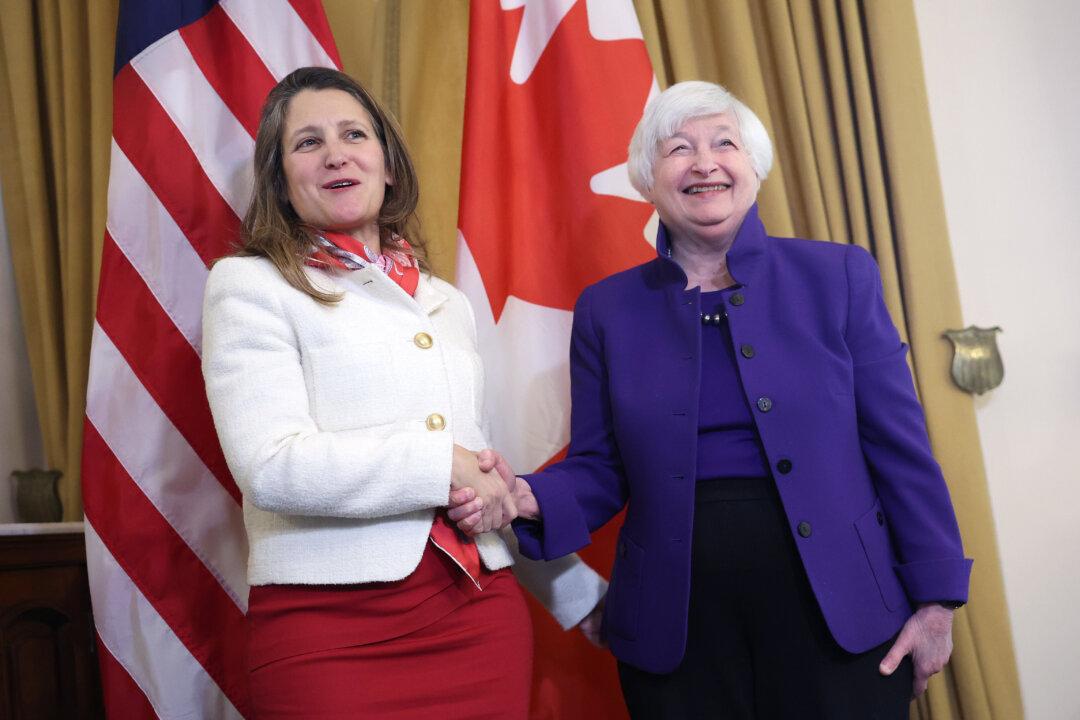A current topic that seems to have come to the forefront of late is the fact that Canada is lagging in productivity relative to the United States and other major economies. This trend may even be getting worse lately and suddenly appears to be a problem dogging the media. I find this very curious if not entertaining since I have been concerned about this issue for decades. In fact, I remember discussing Canada’s lagging productivity growth with my political economy professor and former Liberal cabinet minister Eric Kierans in 1976.
Before diving into this topic, one needs to understand what productivity is in relation to economics. Productivity can be an emotionally charged term. Pointing out that one person is more “productive” than another can be very subjective, implying the less productive person is slower, lazier, and less effective than his or her colleague. This is not what is meant by economic productivity, which is simply economic output per man hour or GDP per hour worked. In 2022, Canadian productivity was C$61.10 per hour worked, or about US$47.00. The United States enjoys a productivity advantage of about 30 percent, just over US$61.00. Furthermore, Americans work from 5 percent to 10 percent more hours than Canadians, further widening this gap.This was not always the case. In 1980, the U.S.–Canada productivity gap was between 5 percent and less than 10 percent. Ontario, where I have lived since 1979, was effectively equal to or slightly about the American mean. I remember attending the University of Toronto MBA program at the time. We believed that although Canada was slightly behind the United States, it was probably worth living here since we had much lower crime, cheaper quality universities, and a free medical system with low waiting times.





